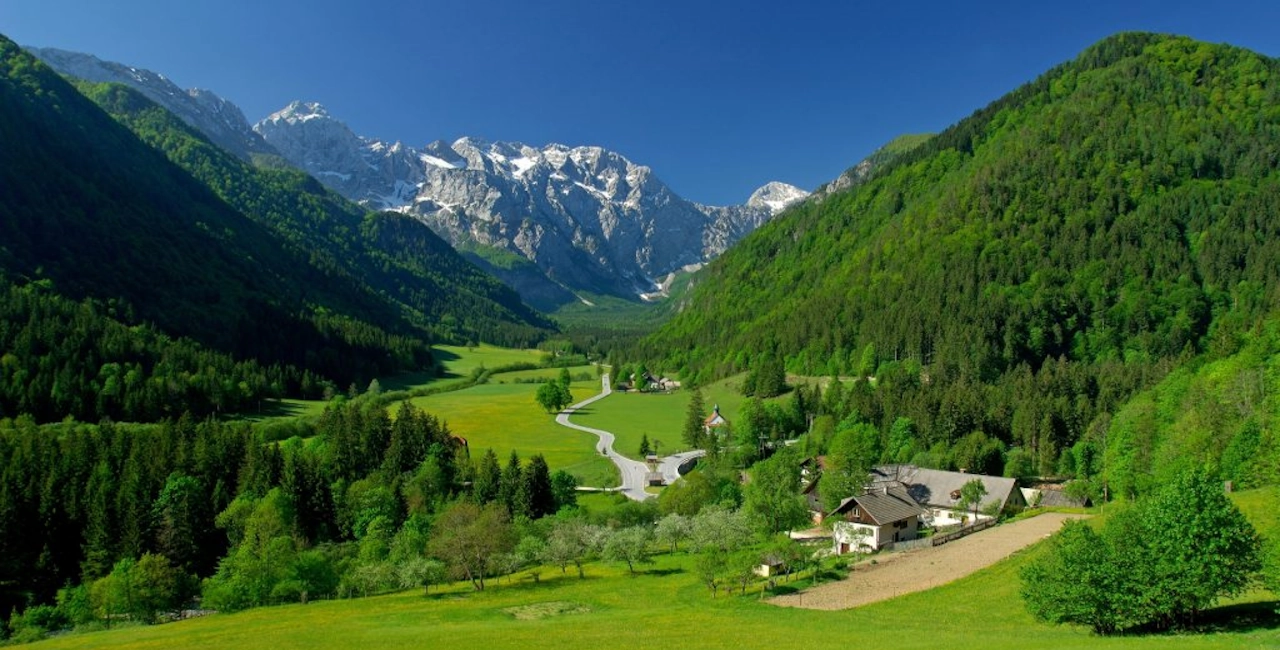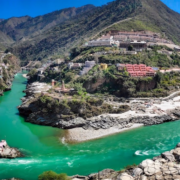
Exploring Binsar: A Tranquil Himalayan Retreat
Nestled in the serene Kumaon region of Uttarakhand, Binsar is a picturesque destination that offers a perfect escape for nature lovers, adventure enthusiasts, and spiritual seekers. Located at an altitude of about 2,420 meters, this tranquil hill town provides breathtaking views of the majestic Himalayan range, including famous peaks like Nanda Devi, Trishul, and Panchachuli. Binsar’s rich biodiversity, peaceful ambiance, and cultural heritage make it a must-visit destination for anyone looking to experience the essence of Uttarakhand.
Historical and Cultural Significance
Binsar has deep historical and mythological roots. It once served as the summer capital of the Chand Kings, who ruled Kumaon in the 7th and 8th centuries. The town was considered a retreat for royals who sought refuge in its cool, serene environment. This historical significance is still reflected in the region’s architecture and cultural practices.
Mythologically, Binsar is linked to Lord Shiva and is home to the famous Bineshwar Mahadev Temple, a 16th-century shrine dedicated to the deity. The temple, built by Raja Kalyan Chand, continues to draw pilgrims from across the country. The divine connection adds a spiritual dimension to Binsar, making it not only a nature lover’s paradise but also a place for spiritual rejuvenation.
Binsar Wildlife Sanctuary
The crown jewel of Binsar is undoubtedly its wildlife sanctuary, which spans over 45 square kilometers and is home to an impressive variety of flora and fauna. Established in 1988 to conserve the shrinking broadleaf oak forests of the region, the Binsar Wildlife Sanctuary is a biodiversity hotspot. It is especially famous for its avian population, making it a popular destination for bird watchers. Over 200 species of birds, including exotic ones like woodpeckers, monal, eagles, and parakeets, can be spotted in the sanctuary.
The dense forests of Binsar are also home to a variety of wildlife, including leopards, Himalayan black bears, barking deer, and pine martens. Walking through the sanctuary’s trails, surrounded by towering oak, rhododendron, and pine trees, offers a meditative experience, with the sounds of rustling leaves and chirping birds adding to the tranquility.
Zero Point: The Pinnacle of Binsar
For those seeking panoramic views of the Himalayan peaks, Zero Point is the ultimate destination in Binsar. Located within the wildlife sanctuary, Zero Point is a short trek from the main area and offers an awe-inspiring 360-degree view of the surrounding mountains. On a clear day, visitors can see some of the most famous peaks in the Indian Himalayas, including Nanda Devi, Kedarnath, and Trishul.
The trek to Zero Point is an adventure in itself. The path takes you through dense forests and opens up to a spectacular view, making it a rewarding experience for both casual hikers and seasoned trekkers.
Ideal for Trekking and Nature Walks
Trekking enthusiasts will find plenty to explore in Binsar. Apart from the trek to Zero Point, there are several trails within and around the wildlife sanctuary that offer varying levels of difficulty. The relatively untouched landscape ensures that each trek offers something unique, whether it’s a close encounter with the local wildlife, a hidden waterfall, or a quiet meadow.
Nature walks through the forests are equally mesmerizing. These walks are ideal for those who prefer a slower pace and want to soak in the natural beauty. The region’s forests are rich with medicinal plants and herbs, adding another layer of intrigue for botany enthusiasts.
Experiencing Kumaoni Culture
No visit to Binsar is complete without immersing oneself in the local Kumaoni culture. The region’s villages, such as Dhaulchina and Almora, offer a glimpse into the simple yet fulfilling lifestyle of the Kumaoni people. Visitors can explore traditional Kumaoni homes, sample local cuisine, and participate in festivals and rituals.
Local dishes like Bhatt ki Churkani, Aloo Gutook, and Dubuk are a must-try for food lovers. These delicacies, made from local ingredients and unique cooking methods, offer a flavorful insight into the region’s culinary heritage. Binsar is also known for its handicrafts, especially woolen products and handmade candles, which make for perfect souvenirs.
Best Time to Visit
Binsar can be visited throughout the year, but the best time to experience its beauty is between March and June or from October to November. During these months, the weather is pleasant, and the views of the Himalayas are most clear. The monsoon season (July to September) brings lush greenery to the region, but heavy rains can make trekking difficult. Winters (December to February) are cold, with temperatures dropping significantly, but the snow-covered landscapes offer a magical experience for those who can brave the cold.
Conclusion
Binsar is a hidden gem in Uttarakhand that offers a perfect blend of natural beauty, cultural richness, and peaceful solitude. Whether you’re trekking through its verdant forests, gazing at the snow-capped Himalayas from Zero Point, or exploring the rich history of the region, Binsar promises an unforgettable experience. Far from the hustle and bustle of city life, this serene retreat is a haven for anyone seeking to reconnect with nature and find inner peace.
Recent Posts
Exploring Pangot: A Tranquil Bird Watcher’s Paradise in Uttarakhand
Devprayag: The Sacred Confluence of Rivers and Cultures
Rudraprayag: A Confluence of Spirituality and Natural Beauty
All Categories

Thailand




